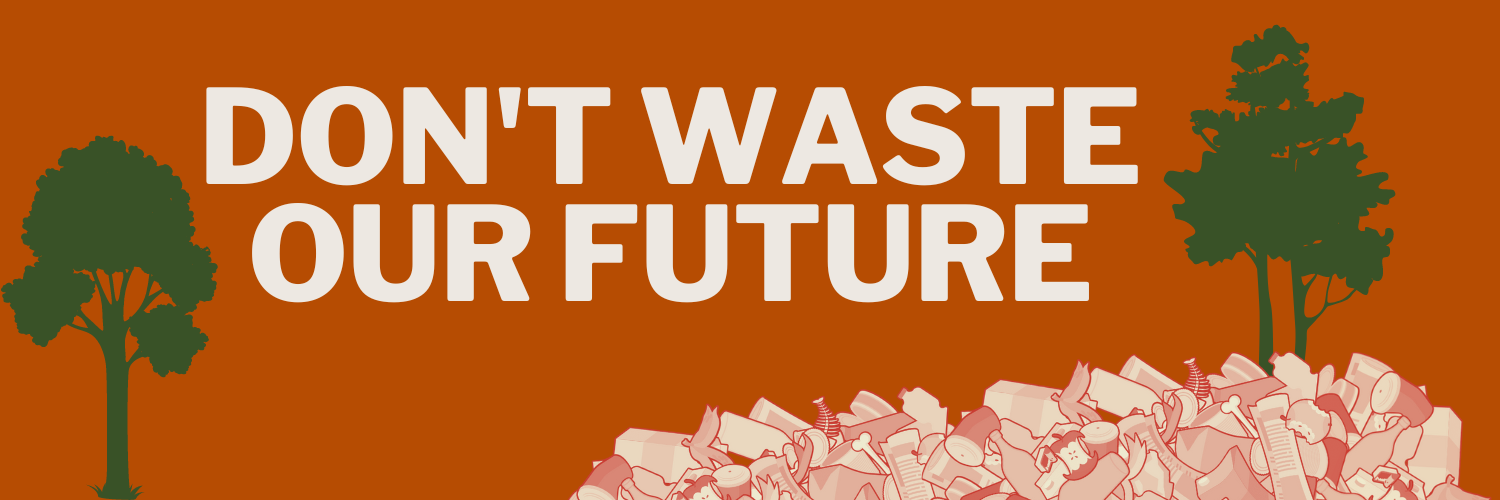Letter to the EPA on MSW LANDFILL REGULATIONS
Click here to download the PDF and here for the press release.
Honorable Michael S. Regan
Environmental Protection Agency
1200 Pennsylvania Avenue, N.W.
Washington, DC 20460
August 3, 2023
Dear Administrator Regan:
We, the undersigned organizations, thank the U.S. Environmental Protection Agency for its leadership in taking actions to reduce climate and health-harming pollution from some of the nation’s largest industrial sources. Building from this record of leadership, we respectfully ask EPA to swiftly open a rulemaking to update its Clean Air Act regulations, the New Source Performance Standards and Emission Guidelines, for municipal solid waste landfills.
Poorly controlled landfills present an urgent threat to our climate and communities. As organic waste decomposes in landfills, it emits methane – a super potent greenhouse gas with about 80 times the warming power of CO2 on a 20-year time horizon. Landfills are the third largest source of human-driven methane emissions in the United States, emitting 3.7 million metric tons of methane annually (or about 295 million metric tons CO2e), per inventories. In addition, recent aerial surveys have revealed super-emitting methane plumes at landfills across the country, with substantial under-reporting at some landfills.
Landfill gas also contains hazardous air pollutants (vinyl chloride, benzene, toluene), precursors to ozone and particulate matter, odor nuisance compounds, and other dangerous gases that can impact air quality, human health, and quality of life. Landfills are often sited near vulnerable communities. Per an analysis of EPA’s Environmental Justice Screening and Mapping Tool (EJScreen), 54 percent of landfills reporting to the Greenhouse Gas Reporting Program are surrounded by communities (within a 1-mile radius) that have a higher percent of residents who are people of color or considered low-income residents than the national average.
According to the Intergovernmental Panel on Climate Change (IPCC), “strong, rapid and sustained methane reductions” are key to limiting near-term warming. Action on landfill emissions would bring near-term benefits for climate, air quality, and health outcomes, while helping the U.S. deliver on its commitments to emissions reductions and environmental justice.
In 2021, the United States and the European Union announced the Global Methane Pledge: an agreement to contribute to a collective effort to reduce global methane emissions at least 30 percent from 2020 levels by 2030. As a signatory and significant contributor to global methane emissions, the United States must continue to do its part to drive domestic methane reductions across sources, including through stronger landfill standards. Furthermore, the United States’ recent waste methane commitments at the North American Leaders’ Summit and national goals to halve food loss and waste and achieve 70 percent methane emissions capture for landfills nationwide will be most successful if they are complemented by comprehensive EPA regulations. Action on landfill methane is also critical for the U.S. to meet its broader climate targets. Achieving Global-Methane-Pledge-aligned methane reductions would contribute an estimated 8 percent to the 50-52 percent overall emissions reductions the U.S. committed to at COP26.
States have been leading the way on setting standards for landfill methane mitigation. California, Maryland, and Oregon have issued rules for limiting landfill methane that are significantly stronger than current EPA requirements, and Washington is in the process of doing so. In addition to showing the feasibility of stronger standards, these state actions demonstrate that nation-wide standards are needed to protect communities in states that have not acted. EPA should issue nation-wide rules that are at least as protective as the strongest state standards.
Fortunately, there are proven, cost-effective practices and technologies to mitigate methane emissions from landfills. There are critical upstream strategies, which seek to reduce food waste and boost local composting and organic waste recycling, with waste-in-place methane mitigation as a necessary backstop. EPA can significantly cut emissions by updating regulations to:
Ensure landfills capable of capturing landfill gas are capturing that gas throughout the landfill, at the earliest feasible date, and in accordance with strong standards for gas control system design, installation, and operation, so that the methane is actually captured.
Make surface emissions monitoring more comprehensive and require fugitive emissions monitoring to ensure prompt detection and mitigation of leaks. Protective EPA standards can encourage adoption of available advanced technologies for methane monitoring, building from progress in the oil and gas sector, to ensure the largest leaks are quickly detected and mitigated.
Include robust and effective cover requirements to limit methane from the landfill surface.
Encourage the diversion of organic waste from landfills in order to avoid methane generation.
In addition, EPA should take action to prevent food waste and to collect organic waste separately for composting. Together with strategies to reduce emissions at landfill sites, these measures could prevent waste sector emissions by as much as 95%. Incineration should never be used to manage organic discard, as it is highly polluting, expensive, and carbon-intensive.
We thank you for your leadership in reducing climate and health harming pollution and respectfully urge you to make landfill emissions a top priority, limiting warming and helping to safeguard the future. Thank you for your consideration.
Sincerely,
Asthma and Allergy Foundation of America
Beyond Toxics Oregon
C40 Cities
Californians Against Waste
Center for Biological Diversity
Change the Chamber
Clean Air Task Force
Clean Water Action
Climate Action California
Climate Generation
Conservation Law Foundation
Earthjustice
Eco-Cycle
Ecology Center
Environmental Defense Fund
Environmental Integrity Project
Elders Climate Action
Florida Clinicians for Climate Action
Fresh Energy
GAIA (Global Alliance for Incinerator Alternatives)
Go Green Northfield
Harvard Food Law & Policy Clinic
Hispanic Access Foundation
Illinois Environmental Council
Industrious Labs
Institute for Governance & Sustainable Development
Institute for Local Self-Reliance
Interfaith Power & Light
Just Zero
Minnesota Environmental Justice Table
Naeva
Natural Resources Defense Council
RMI
Santa Cruz Climate Action Network
Sierra Club
Stewards of the Potomac Highlands
University of California, Berkeley - Center for Law, Energy, & the Environment
Union of Concerned Scientists
We Don't Waste
Yellowstone Bend Citizens Council
Zero Waste Washington
350 Humboldt
350 Sacramento
